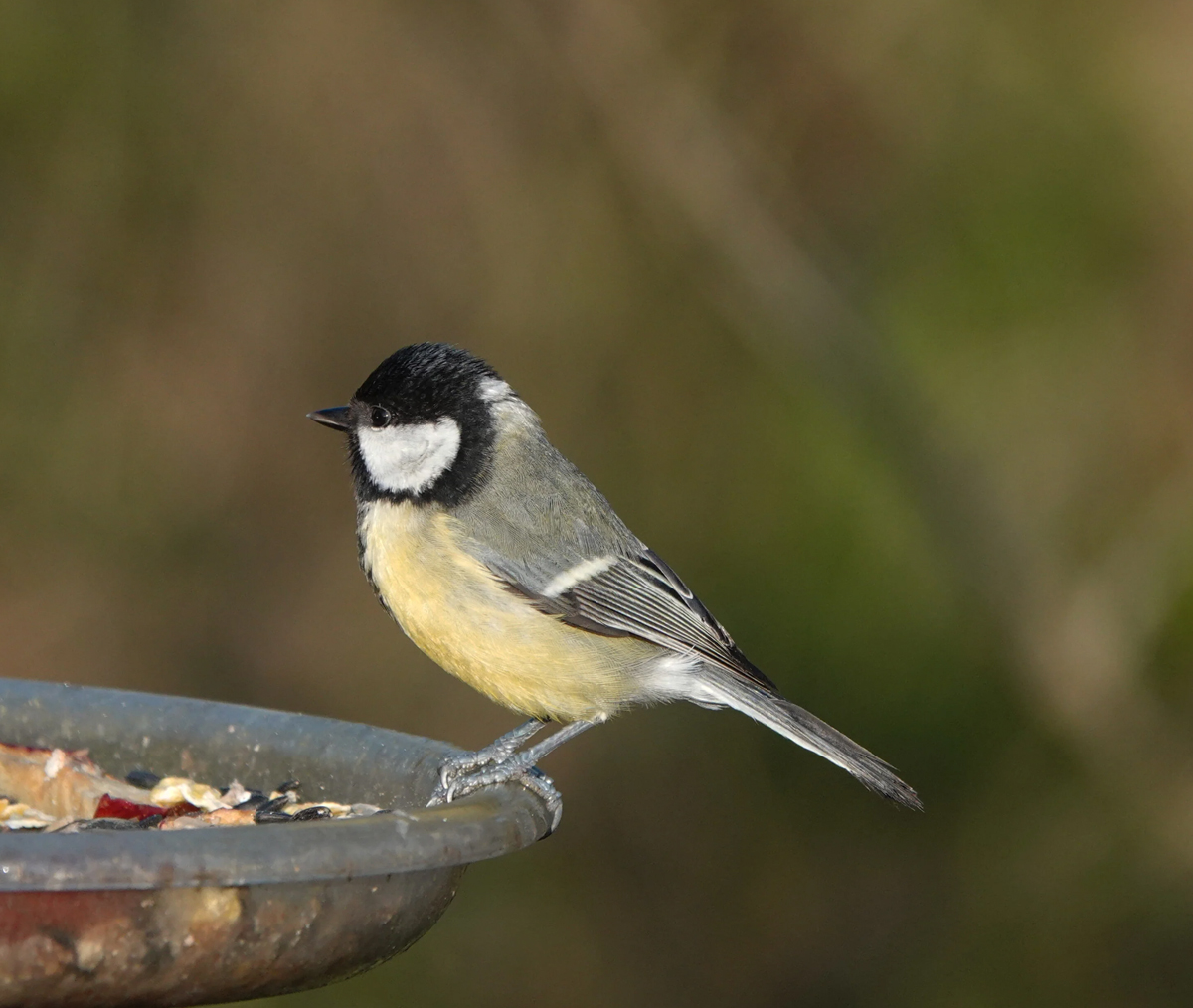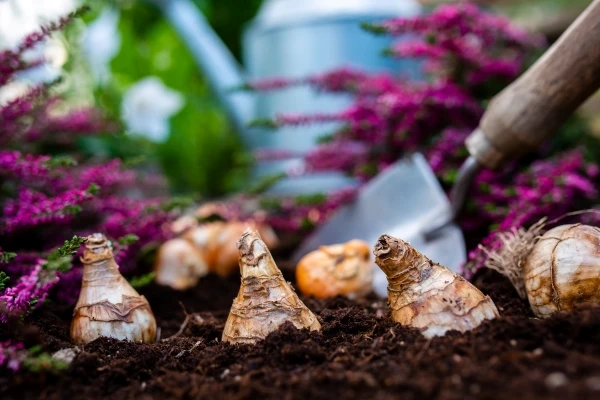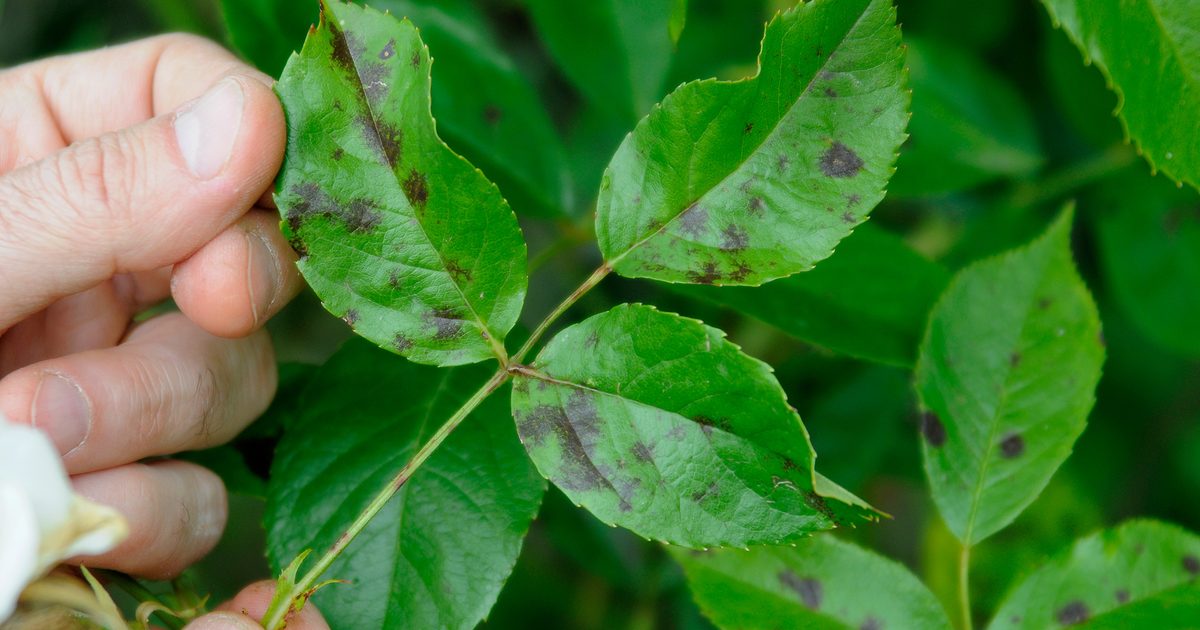
Roses – Dealing with B.S.
It has been another tough summer for roses… Black Spot (B.S.) has reared its ugly head on rose foliage near and far. The truth be told, black spot started earlier in the season.
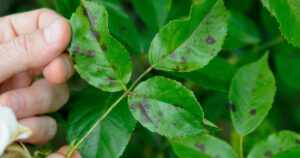
Let’s step back for a second. Black Spot, formally known as Diplocarpon rosae, is a fungus that attacks a wide range of roses. Periods of high humidity and prolonged wet leaves are ideal conditions for this disease. How can we forget all the rain we had this past spring?
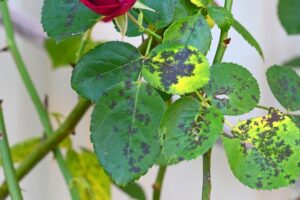
What are your options? An integrated approach is your best defense for controlling B.S. Consider how you water. If you use an overhead sprinkler that wets the leaves, and Black Spot has been a problem in your garden, you are setting yourself up for continual disaster. (Spores of the fungus will spread by splashing water.) Water the soil, not the foliage – use a soaker hose to keep the leaves dry. Also, allow for good air circulation in the garden; make sure plants are properly spaced. Good sanitation in the garden is necessary! Rake up and dispose of fallen leaves; B.S. can overwinter in leaf litter. Whenever possible, buy and plant roses that are reported to be resistant to Black Spot (this does not mean they are immune to the disease, just less prone).
Fungicides that are labeled for Black Spot are part of an integrated approach. If you decide to ignore the above suggestions, do not expect great things from the fungicides. Don’t be surprised if the recommendation includes alternating fungicides during the season to avoid resistance.

